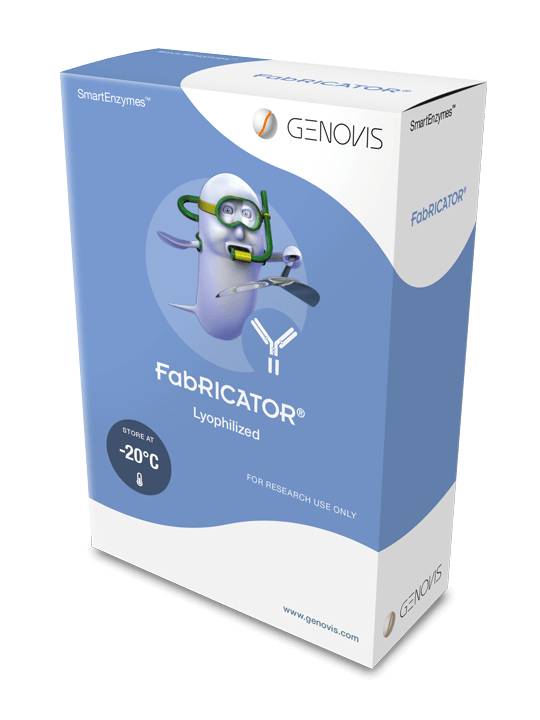Tell us about your project!
Therapeutic monoclonal antibodies (mAbs) are heterogeneous proteins that can have a variety of post-translational modifications (PTMs), including glycosylation or deamidation. Besides increased structural complexity, altered PTM profiles may impact protein conformation or even biological function (i.e., efficacy and safety of therapeutic mAbs). Therefore, it is key to develop innovative analytical strategies to gain an in-depth understanding of the influence of PTMs both on a structural and functional level. In our study, a fast and robust method was developed to characterize the conformational landscape of proteins and proteoforms in an online manner. We have combined the charge-based separation of cation exchange chromatography (CEX) with the ability to investigate the gas-phase behavior of collision-induced unfolding (CIU). In this way, we could monitor the unfolding patterns of species with differences in charge and thereby, reveal subtle conformational differences between mAb proteoforms.How did SmartEnzymes enhance your project?
The novel CEX-CIU method was applied to derive glycoform-specific information on the gas-phase unfolding patterns of Fc fragments of trastuzumab. To generate defined glycoforms, we used TransGLYCIT remodeling. During this procedure, the glycans present on the initial mAb were first partially removed leading to the deglycosylated product, whereafter a particular glycoform was attached (in this case, G2S2 with and without fucose). After transglycosylation and before CEX-CIU analysis, we performed digestion with the FabRICATOR enzyme since the main interest was the modified Fc fragment. Using this approach, we showed that the deglycosylated Fc fragments were more prone to unfolding events, while remodeled glycoforms showed increased resistance to gas-phase unfolding (both compared to the initial product). Altogether, our CEX-CIU method opens new possibilities to link conformational changes and resistance to gas-phase unfolding charge variants.TransGLYCIT Product Page
References
van Schaick et al., 2023. Online Collision-Induced Unfolding of Therapeutic Monoclonal Antibody Glyco-Variants through Direct Hyphenation of Cation Exchange Chromatography with Native Ion Mobility–Mass Spectrometry. Anal. Chem.



